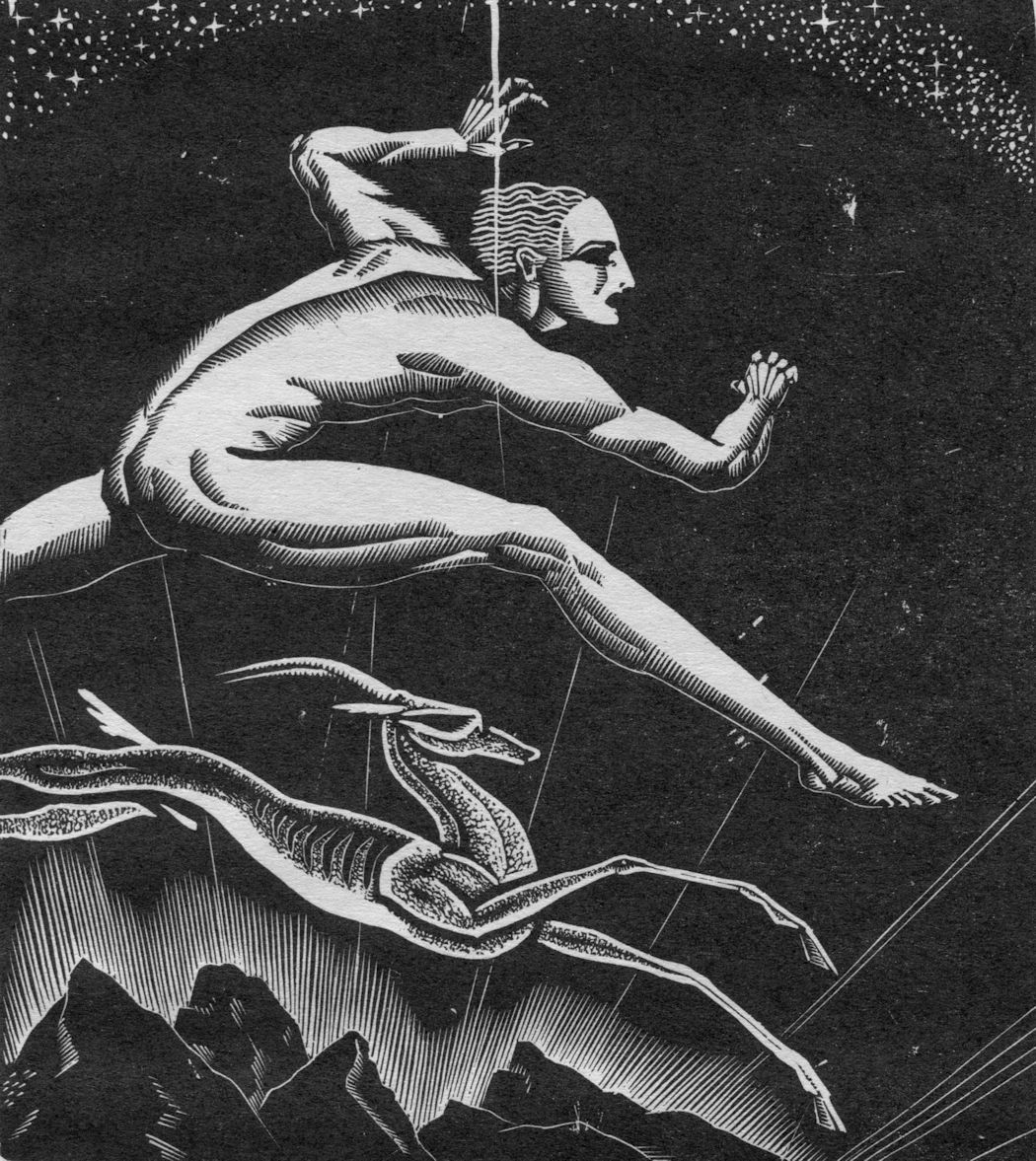Show me a print auction catalog and almost without exception I'll show you an abundance of Picassos up for sale. This is in part the result of the prodigious lifetime output of this one man dynamo on a scale rivaling the productivity of Foxconn, the Chinese high-tech manufacturer of iPads, iPhones and similar gadgets.
Titian, the Energizer Bunny of his age, produced some 600 paintings, 300 etchings, and 1,400 drawings for a total of around 2,300 works. By way of comparison, Vermeer's known lifetime output stands at 26 paintings. But Titian, who lived to a ripe old age, is a one hit wonder compared to Picasso, who with some 13,500 paintings; at least that many drawings; some 2,500 original prints - each in an average edition of 75; a thousand or so ceramics; and some 700 sculptures in other media, produced a total somewhere north of a mind-boggling quarter-million pieces. It is hard to believe that he had the time to acquire his well-deserved reputation as a prodigious swordsman.
In the normal world, the law of supply and demand generally tends to bring some semblance of rationality to the value of things. But not with Pablo Diego José Francisco de Paula Juan Nepomuceno María de los Remedios Cipriano de la Santísima Trinidad Ruiz y Picasso; the old fox was as much a marketing genius as an artistic one, remaining hale and hearty into his tenth decade and feeding the seemingly insatiable art-buying public an almost endless stream of his work. He has provided a dependable up-market revenue stream to galleries, auction houses, and other such fellow travelers across a span of many years and is revered accordingly.
Picasso's signature on a work of art guarantees a ready market for it. Auction prices for Picassos of every kind are testament to the indifference of the buyer to the absurd overvaluation of much of his output, fueled by a burning desire for a Picasso signature in an artfully subtle place on the wall, on the shelf, or in the vitrine. There it can be discovered and admired by equally irrational and uninformed friends, clients, tradesmen, and burglars; for above all others, the Picasso name is instantly recognizable the wide world over excepting, perhaps, the salons of the Taliban.
The wellspring of this phenomenon is, to be fair, Picasso's genius: when he was at the top of his iconoclastic form there was none better. But an honest look at his life's work will, I think, reveal a high proportion of it to be ordinary and best described as a painting, or print, or vase “after Picasso” even though by Picasso himself. Once he became fabulously wealthy and a kind or art world rock star, Picasso, like the similar few who actually make a fine living through their art and who live long enough to gloat, tend to engage in self-caricature. There is no need to be brilliant, provocative, inspired; it is enough to sing the same old tunes over and over and be careful not to rock the boat.
There is of course an enormous price disparity between Picasso's best work and the rather more ordinary stuff, though even the least of these tend to be pricy beyond reason. The low end of the food chain happily fills a very powerful need among the less discerning, less affluent members of the I Must Have A Picasso Club. Unlike those few who inhabit the top of the food chain, like Mr. Steve Wynn, who can harpoon a twenty-five million dollar Picasso painting and make light of it, the many will clutch their new acquisition to their bosom, insure it to the hilt, send it out for the perfect frame, place it on display, and frequently genuflect before their precious icon, until the day when they themselves join the Choir Invisible. After the usual expressions of grief, their heirs will sense a revenue opportunity in that boring old lithograph and send it into the world, where it will, for many years to come, massage the ego of its next owner. And so it goes.
